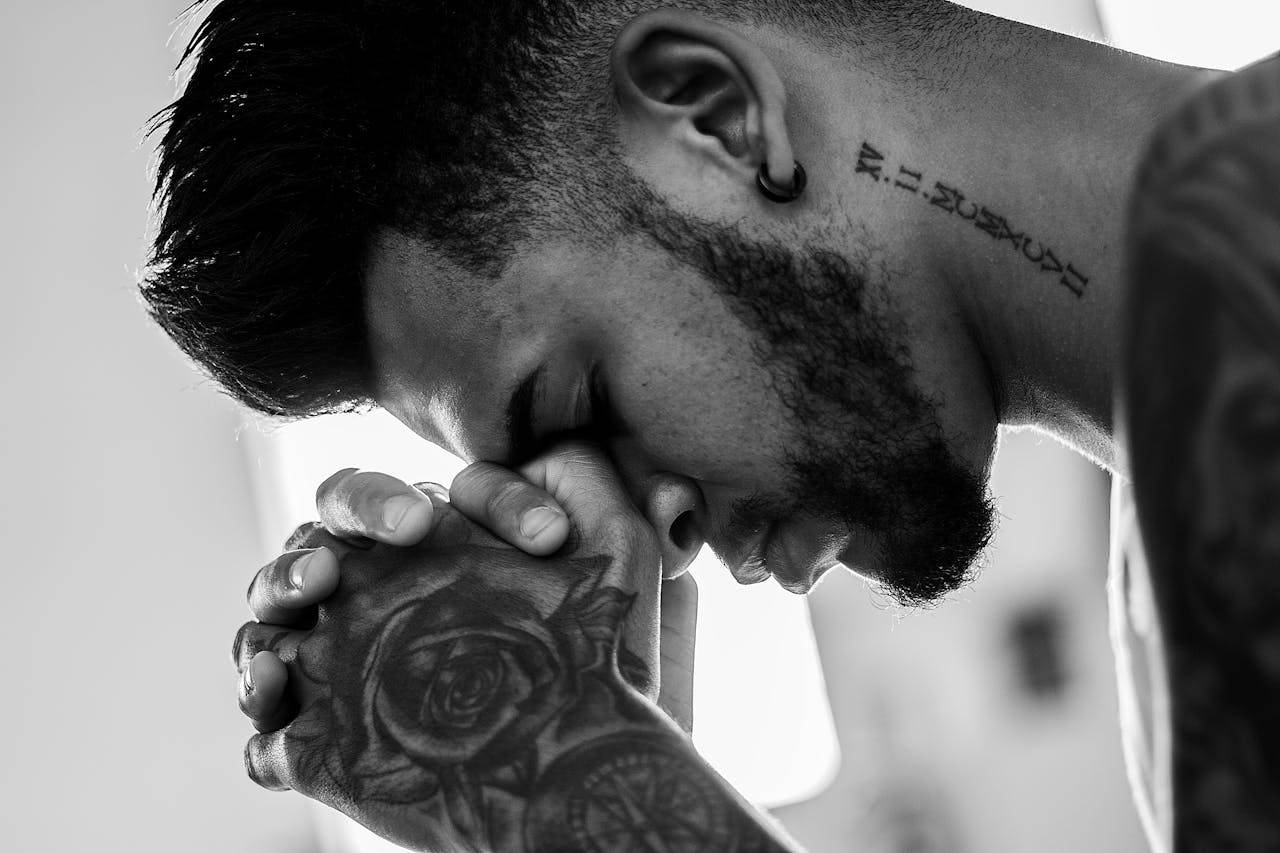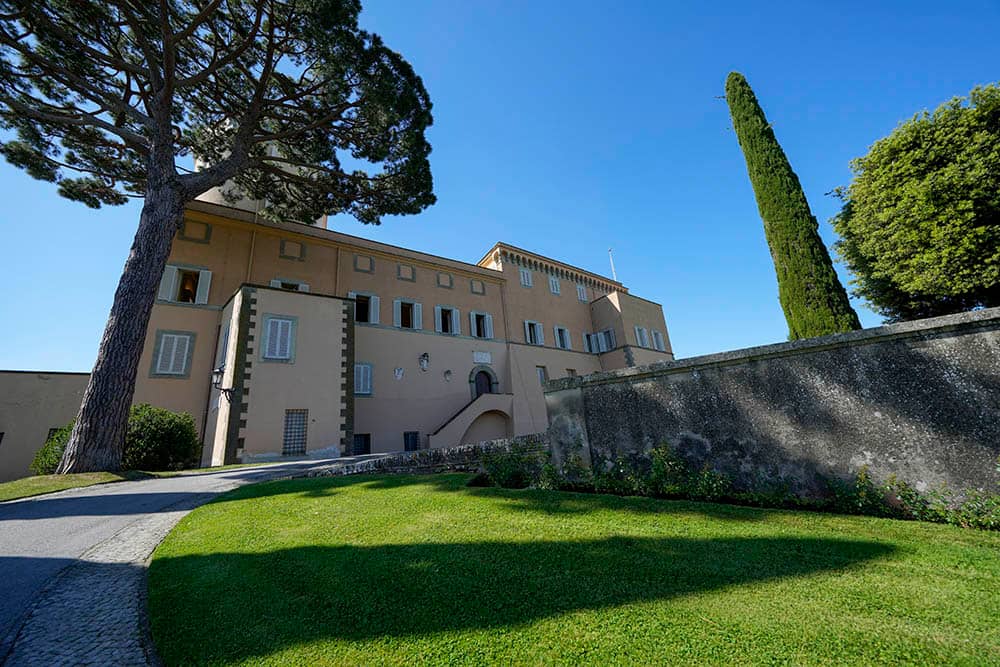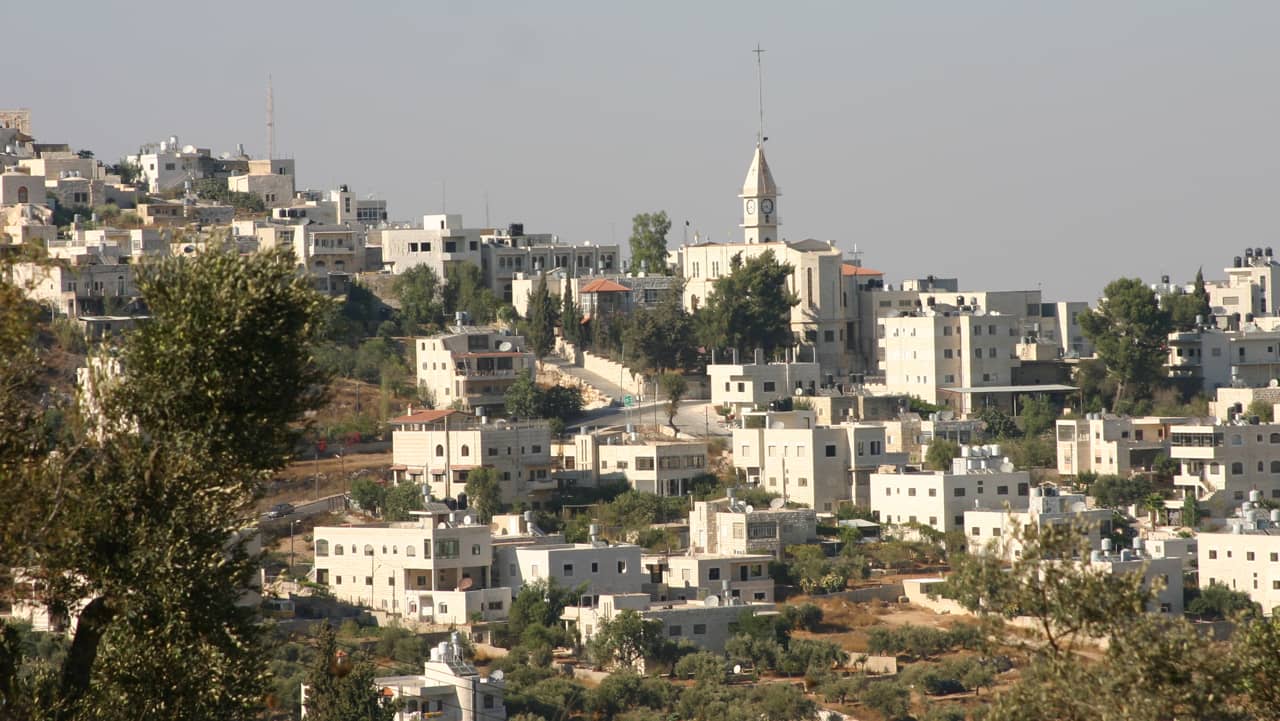ROME – Given the accumulated tumult of the Trump era, the George Floyd protests, the politicization of the coronavirus and the deepest levels of polarization ever detected, Americans may find themselves wondering if the lacerations in their society are simply too deep for Humpty Dumpty ever to be put back together again.
In that context, it may be useful to consider the experience of another Western society that once seemed so torn apart, its people so profoundly alienated from one another, to make any concept of national cohesion almost inconceivable, yet where today a gradual process of healing continues to unfold.
In Italy, the Fascist Party of Benito Mussolini came to power in 1922, though its real contours didn’t become clear until later. As it became steadily clearer through the 1930s that Europe was headed for war and that Italy would be on the side of Hitler and the Germans, the country became split between the fascisti, meaning supporters of Mussolini and the Axis, and the partigiani, the “partisans,” who resisted.
That struggle tore families and communities apart, and it left behind a legacy of mistrust and vilification that endures to this day. You might think getting over it would be easier since one side lost and the other won, but it’s not really so, since the partisans were highly heterogenous, including not only monarchists and democrats but out-and-out communists – the primary reason Italy had the largest and most successful communist party, after World War II, anywhere in the Western world.
Both sides could thus claim they were fighting for the highest stakes imaginable, and both could claim at least a partial vindication by history.
Yet Italy nonetheless has been able to make a go of it in the aftermath of that terrible social rift, in part because of the sort of quiet gesture that unfolded recently in the small Tuscan town of Fivizzano at the sanctuary of San Terenzo Monti.
Bishop Giovanni Santucci of the Diocese of Massa Carrara-Pontremoli, which includes Fivizzano, recently paid a visit to the sanctuary to say Mass and, while there, expressed an interest in seeing the city’s “Museum of the Culture of Memory,” dedicated to one of the most painful episodes from the Nazi occupation of Italy from September 1943 to May 1945.
(For the record, Santucci is a bit of a controversial figure given a scandal in 2018 in which prosecutors were prepared to charge him with fraud and misappropriation of funds, but were hamstrung by a provision of Italian law that requires the injured parties for those crimes to file a complaint. Neither his diocese nor the Vatican was willing to do so. However, none of that has anything to do with our story.)
Next month will mark the 76th anniversary of the massacre of 159 civilians by the German SS in two small hamlets considered part of Fivizzano, San Terenzo Monti and Bardine. The killings came in reprisal for the deaths of 16 German troops in guerilla attacks by partisans in the area, part of a occupation-era policy that 10 Italians had to die for every one German solider killed.
As it turns out, the first person to be killed in the massacre was Father Michele Rabino, the pastor of the sanctuary at the time. He was suspected by the Germans of being in league with the partisans, if not actually their commander, though in reality historians today say he was simply acting as pastor, giving food, medicine and spiritual comfort to people who asked for it.
Santucci asked for background on Rabino during his visit to the museum, which some have taken as the first tentative step towards opening a sainthood cause. Certainly the details seem to warrant consideration: Apparently Rabino’s last act before being killed was to hide a seven-year-old girl who had taken shelter at the sanctuary after being separated from her parents, and who survived, and reportedly the final words he spoke as he was being shot were Sia lodato Gesù Cristo, “May Jesus Christ be Praised.”
It’s really only in recent years that the Church in Italy has been able to take a serious look at possible sainthood candidates from the war years, since there was sort of an unofficial taboo given fears of how divisive such a process might have been. People on the fascist side were ruled out, and, given the post-war animosities between the Church and communism, many figures from the resistance were seen as tainted too.
With the passage of time, however, it’s become clearer that while there were violent ideologues in both camps, most people were just trying to do the best they could, and in some cases there were genuine examples of moral courage and sanctity.
Three years ago, Pope Francis approved the beatification of Teresio Olivelli, a partisan who was beaten to death in a German concentration camp in 1945 after earning a reputation for sharing his food rations with other inmates and treating their injuries. That followed the 2013 beatification of Odoardo Focherini, an Italian journalist active in the resistance who issued false documents to Jews to help them escape, and who was likewise killed in a concentration camp. At the moment, the case of another resistance hero, Gino Pistoni, is in the Vatican’s Congregation for the Causes of Saints after he was declared “venerable” in 1999.
None of this has split Italy in half again, perhaps mostly because of the passage of time, but in part, perhaps, because the country healed a little stronger at the break.
Granted, it’s been 75 years, and granted too, it’s not like contemporary Italian society doesn’t have its own deep fault lines. Still, the lesson is that recovery from divisions that once seemed irreparable can happen – and in that, perhaps, there’s a small degree of comfort.
Follow John Allen on Twitter at @JohnLAllenJr.
















